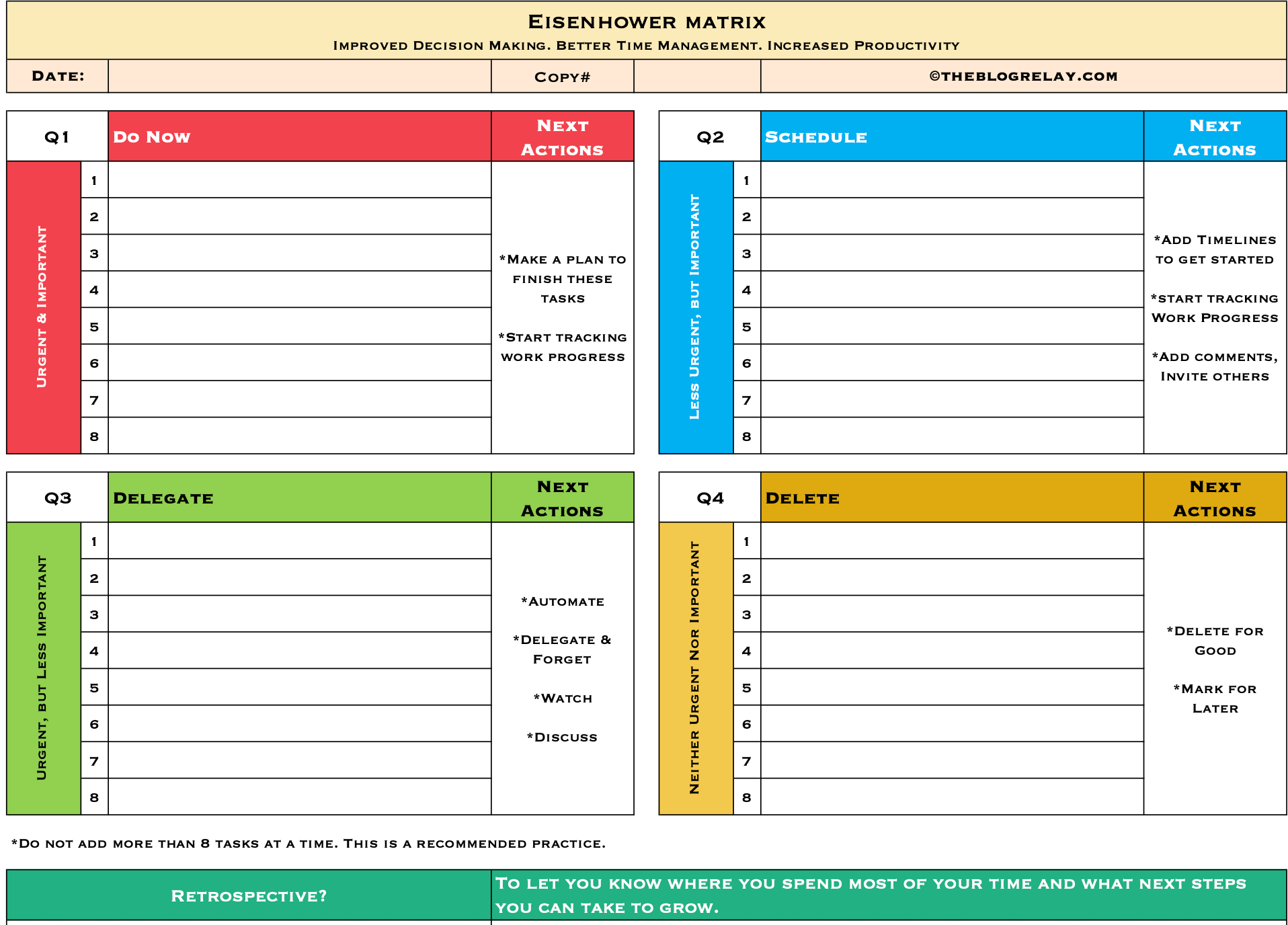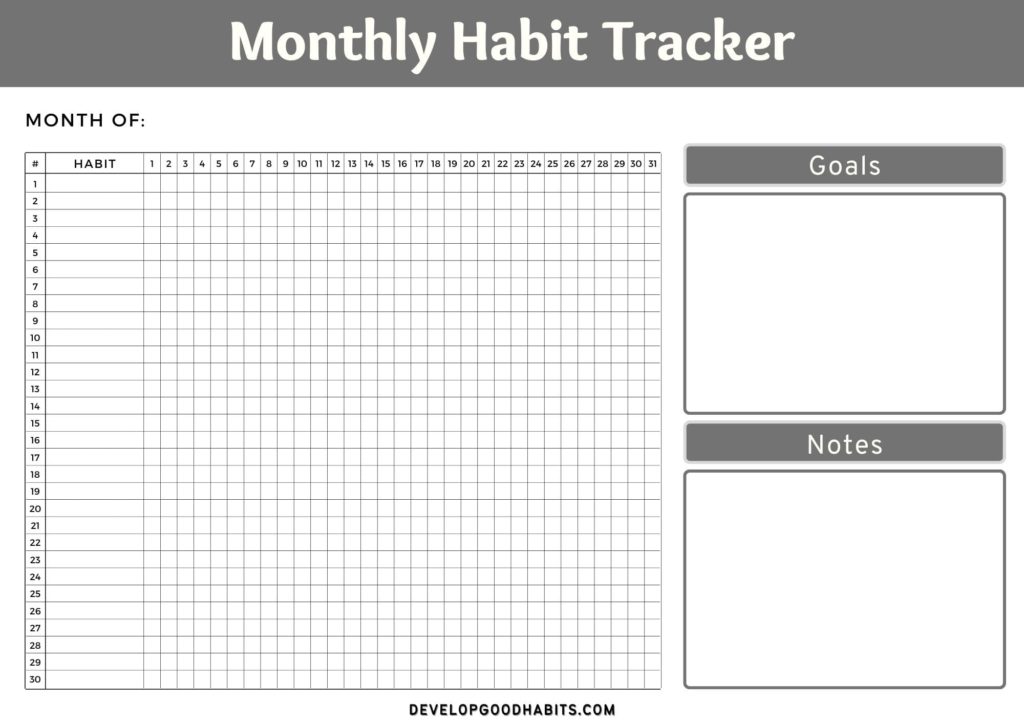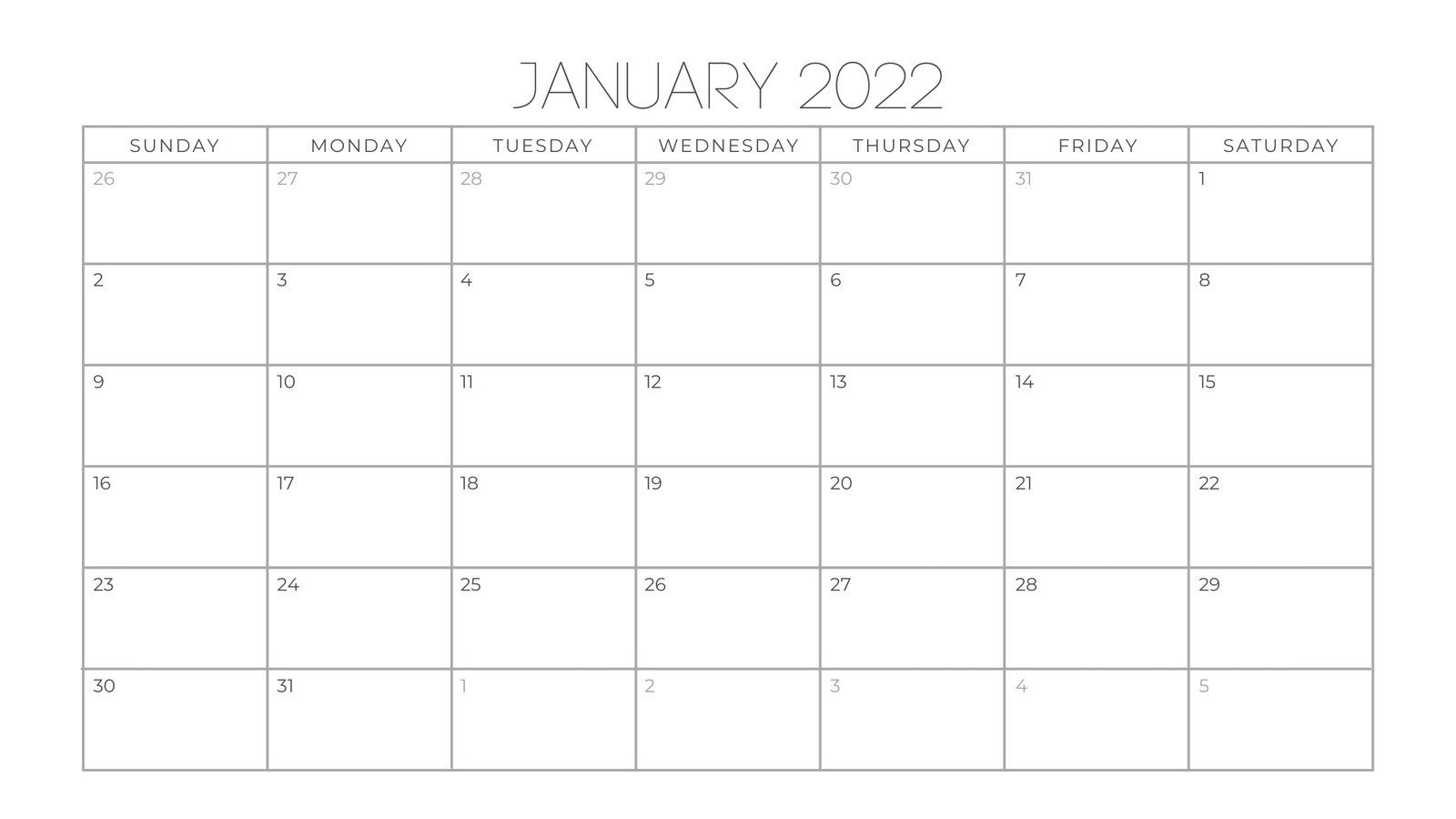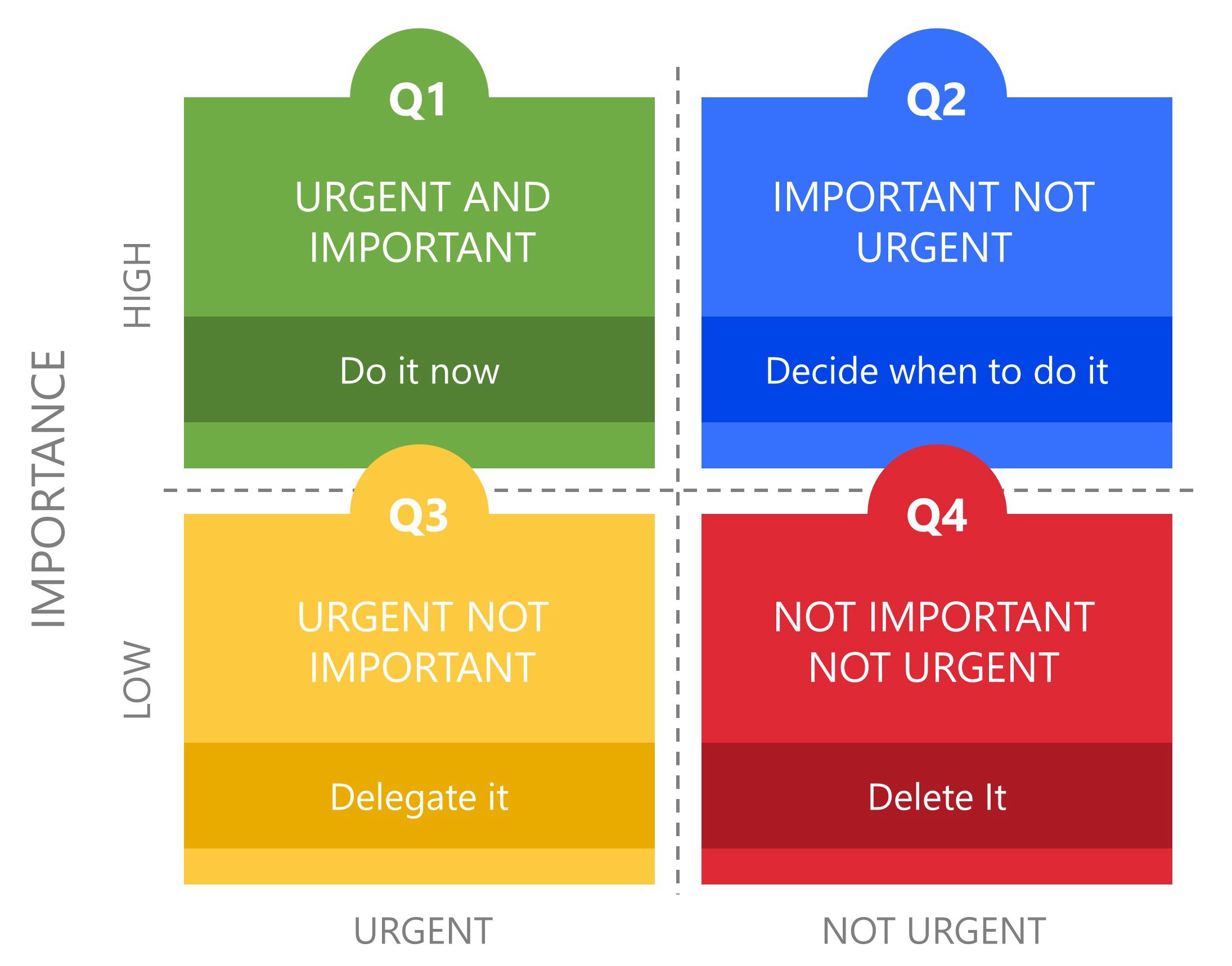In today’s fast-paced world, efficiently managing your time is crucial for personal and professional success. One effective way to enhance your time management skills is by using time management charts. These charts not only help you visualize your tasks and priorities but also enable you to track your progress and maintain focus on the essential aspects of your life.
There are various types of time management charts available, each catering to different needs and preferences. Some popular options include Gantt charts, flowcharts, and time-blocking templates. By incorporating these tools into your daily routine, you can optimize your productivity and ensure that you invest your time and resources wisely.
As you explore the 15 time management charts in this article, remember to consider your unique requirements and work style. Make sure to choose a chart that aligns with your goals and objectives, allowing you to streamline your schedule, minimize stress, and enhance your overall efficiency.
Table of Contents
The Importance of Time Management
Enhancing Productivity
Managing your time efficiently can greatly increase your productivity. By planning and prioritizing tasks, you can focus on what’s most important and allocate your time accordingly. This helps you complete tasks faster and with better results. Consider using simple techniques like timeboxing where you break your work into structured time intervals, allowing you to focus on one task at a time.
Reducing Stress and Burnout
Effective time management can significantly reduce stress and the risk of burnout. Knowing you have a plan in place helps you avoid feeling overwhelmed by the number of tasks you need to complete. When you organize your time and generate a feasible schedule, you’ll be more capable of managing your workload, reducing stress, and preventing burnout.
Improving Work-Life Balance
A well-managed schedule also promotes a healthy work-life balance. By allocating time for both your work and personal life, you’re more likely to feel satisfied and content. Allocate time to take breaks, engage in hobbies, exercise, and spend time with loved ones. Having a set plan for work and personal activities helps you maintain balance and well-being.
Developing Time Management Skills
Developing time management skills is essential for efficiency and productivity. Some effective time management strategies include:
- Prioritization of tasks
- Setting realistic goals and deadlines
- Breaking tasks into smaller, manageable chunks
- Minimizing procrastination
- Regularly reviewing your progress
By incorporating these strategies into your routine, you’ll improve your time management skills and achieve better results in both your professional and personal life.
15 Time Management Charts
1. Eisenhower Matrix

The Eisenhower Matrix is a time management chart that helps you prioritize tasks by dividing them into four categories: urgent and important, important but not urgent, urgent but not important, and neither urgent nor important. By categorizing tasks in this manner, you can focus on the most crucial tasks first, helping you stay organized and efficient.
2. Pomodoro Technique

The Pomodoro Technique is a time management method that breaks your work into short, focused intervals (usually 25 minutes) called “Pomodoros,” followed by a short break. This technique helps you maintain productivity and focus, while also giving you regular breaks to refresh your mind.
3. Daily Schedule Chart

A daily schedule chart is a simple table that outlines your planned activities for each day of the week. It helps you allocate time to specific tasks and appointments, ensuring you do not miss important deadlines or events.
4. Weekly Planner
A weekly planner is similar to a daily schedule chart but covers an entire week. It allows you to plan tasks, appointments, and events for the week ahead, helping you get a clearer view of your upcoming commitments and goals.
5. Monthly Calendar
A monthly calendar offers an overview of the entire month, displaying important dates, appointments, and events. This chart helps you plan ahead and avoid scheduling conflicts, while also providing a snapshot of your progress over time.
6. Gantt Chart

A Gantt chart is a visual representation of a project’s timeline, showing tasks, their durations, and dependencies. This type of chart is useful for tracking progress on projects with multiple tasks and allows for better coordination among team members.
7. Time Log

A time log is a record of how you spend your time throughout the day. By keeping track of your activities, you can become more aware of your time usage and identify areas where you can improve your productivity.
8. Habit Tracker

A habit tracker is a chart that monitors your daily habits, helping you set goals, measure progress, and maintain consistency in improving your habits over time.
9. Priority Matrix
A priority matrix is a chart that categorizes tasks based on their importance and urgency, helping you allocate your time and resources effectively.
10. Time Blocking Chart

A time blocking chart is a technique that involves allocating specific time slots to tasks, ensuring you dedicate focused periods to complete each task without interruption. Time blocking is similar to timeboxing but is more flexible, allowing for adjustments as needed.
11. Decision Matrix

A decision matrix is a chart used to evaluate and prioritize options when faced with multiple choices. By evaluating each option against various criteria, you can make more informed decisions in less time.
12. Kanban Board
A Kanban board is a visual workflow tool that helps you manage tasks and projects, moving tasks through different stages of completion from left to right. This method is particularly useful for agile project management and team collaboration.
13. Action Plan Chart

An action plan chart is a detailed outline of the steps required to complete a task or project. It helps you break down complex tasks into smaller, manageable steps and keeps you on track toward your goals.
14. Meeting Agenda

A meeting agenda is a list of topics and objectives for a meeting, helping you keep the meeting focused and productive. By setting a clear agenda, meetings can be more effective and efficient.
15. Progress Tracker
A progress tracker is a chart that monitors your progression toward a specific goal, providing you with a visual representation of your progress and motivating you to stay on track.
Incorporating these time management charts into your daily routine can help boost your efficiency and productivity, ensuring you make the most of your valuable time.
Conclusion
In conclusion, incorporating time management charts into your routine can significantly boost your efficiency and productivity. By using a variety of chart formats, you can find the best method that works for you and keeps you on track towards achieving your goals.
Make sure to experiment with different chart formats, such as Gantt charts, calendar grids, or even simple to-do lists. Don’t be afraid to try new systems, as they each offer unique benefits that cater to different needs and preferences.
Remember, consistency is key in developing good time management habits. Ensuring you allocate time daily to review, update, and plan on your preferred time management chart will ultimately lead to success in both your professional and personal life.
So, take the time to explore the 15 Time Management Charts presented in this article and continue to refine your methods for a more organized and efficient life. As you practice and refine your time management skills, you will surely see the positive impact on your overall productivity and success.













